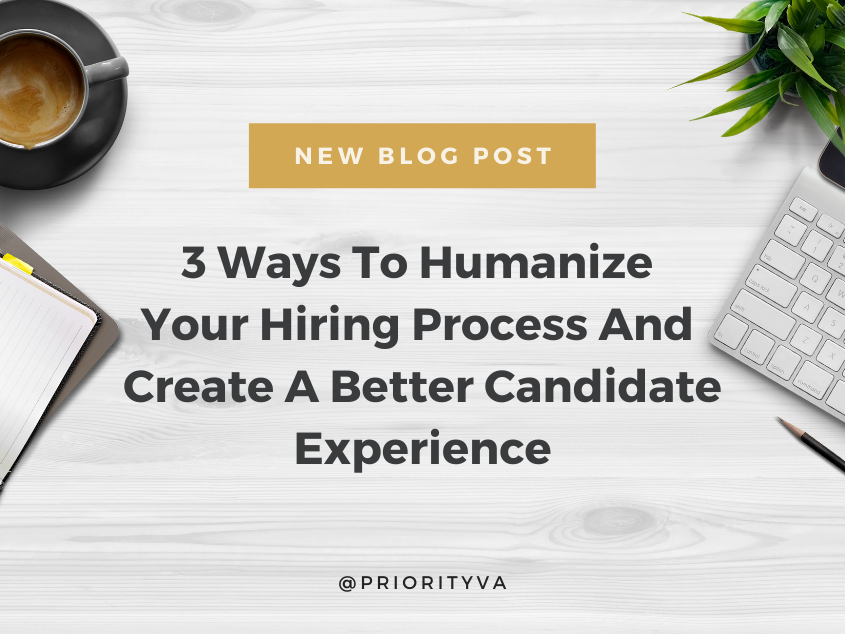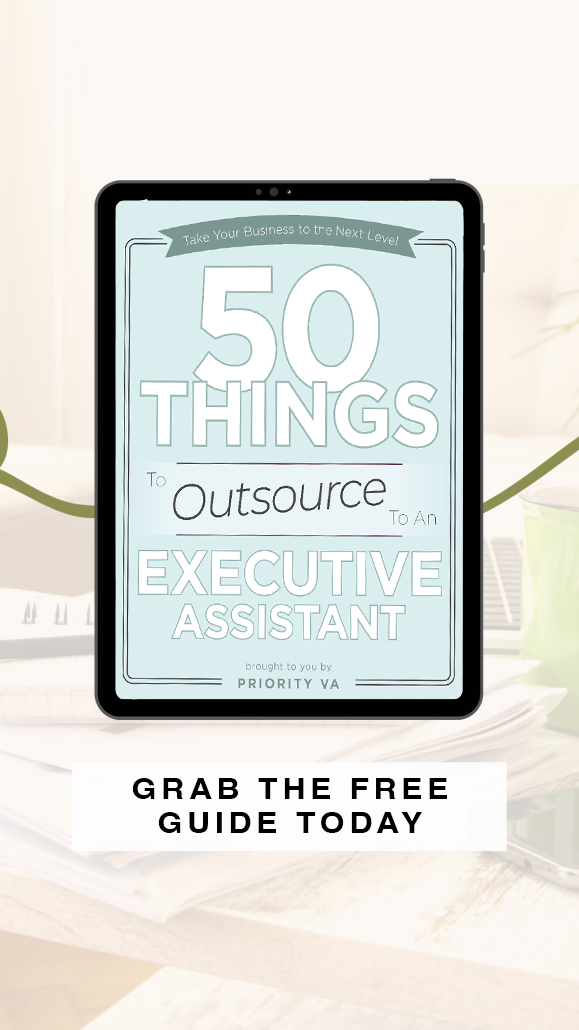Are you struggling to attract qualified candidates for your organization? A lack of human touch in your hiring process may be to blame.
Artificial intelligence and automation can save you time with automatic email responses, skills assessments, auto-scheduling and resume screening. But, too much automation discourages qualified candidates from staying in your pipeline due to a lack of human interaction and transparency. AI keyword-scanning may even be the reason qualified candidates don’t advance at all!
There may be record-high numbers of Americans seeking new work opportunities, but that doesn’t mean job-seekers are desperate. Now more than ever, employees want employers to acknowledge their humanity. They want to be treated like a person—not a number in a pile of resumes.
The pandemic has changed what applicants expect from their employers. They are being more selective and expect something different than before. This includes benefits and signing bonuses, but also values, culture and empathy.
To attract and retain strong candidates, you should use your hiring process as an opportunity to demonstrate your company’s values. This creates transparency for your candidates and humanizes your company culture in a sea of competitors.
When you are intentional about your use of automation, you show applicants you empathize with their experience and want to treat them like a person, not a number. Does humanizing your hiring process mean you can’t use automation at all? Of course not.
Artificial intelligence can be useful to weed out candidates you would never hire in the first place—like those who are not a geographic match. But, you will have to be mindful of your ratio of automation to human touch in order to be successful.
Here are three ways to humanize your hiring process.
1. Tell candidates what to expect.
Have you ever wondered if your application was being reviewed by actual humans? There is no worse feeling than submitting your resume or CV and being in the dark about what comes next.
Ideally, there should be no candidate left behind. Every applicant, regardless of their experience or salary range, should get a reply to their application. Go further than an impersonal, “Thank you for your application. We will be in touch,” autoresponse message. Use this touchpoint to create a personal connection and to accurately set expectations and timelines.
Tell applicants more about your process.
- How many steps must an applicant complete before they are considered for an interview?
- Do you personally review every application? If so, tell them that.
- Will they be notified even if they are not advanced to the next step in the process?
- In how many days or weeks should they expect to hear back from you?
Be as personal as you can and try to answer every question an applicant would have after submitting a resume. You may experiment with ways to deliver this information, like a designated landing page for all questions related to hiring or a pre-recorded video from a member of your team. To go one step further, create an email address specific to processing applications. Provide this email to candidates as a channel for them to reach out with questions.
2. Beware of too many ‘hoops’ to jump through.
Google used to require candidates to complete 12 rounds of interviews before offering a job. They then conducted an internal study that revealed four interviews were equally sufficient. Consider this: How many hoops are you asking a candidate to jump through without any guarantee of a job offer?
In today’s market, you will be hard-pressed to find candidates who are eager to complete a series of steps to prove their worthiness for your position.
This is why setting expectations with applicants is so important.
If you communicate with candidates that your hiring process has four stages before they are considered for an interview—and also share the reason why these steps are a reflection of your values—you give applicants an opportunity to opt-in or out of your process. You honor their time and experience by creating that transparency. They know what they are getting themselves into!
Every step in your hiring process should serve a specific purpose to help you fill a role. For example, sending an additional questionnaire could be how you gather information to vet a candidate for their culture fit.
3. Set your candidates up for success.
Artificial intelligence can remove the unconscious bias in hiring, which is a good thing, but it can also be the reason qualified candidates never get past an initial resume scan because it didn’t contain the right keyword phrase.
By humanizing your hiring process, you set candidates up for success by giving them peace of mind that they are working with a credible company. Unfortunately, scammers use fake jobs and automation to steal people’s identities. Your candidates will feel relieved to know they are finally applying with a company that is willing to consider them as real people—not just an application.
One way to do this is by making personal phone calls to applicants to keep them engaged in your hiring process. If they are in other employers’ pipelines, this will differentiate your organization and will help build trust that you won’t ghost them.
You may also consider alternative forms of vetting.
For example, if your hiring process includes an automated assessment, but your candidate doesn’t test well or has test anxiety that they share with you, you might host a collaborative interview to understand their skills. Sometimes, data doesn’t tell the whole story. A simple conversation can help you know if an applicant should stay in your pipeline or not.
Remember, seeking new work is difficult, tiring and nerve-wracking. You go to great lengths to create a strong client experience. Are you willing to elevate your candidate experience by humanizing your hiring process?
This article was originally published on Forbes.com by Trivinia Barber.

If you’re feeling overwhelmed or don’t know where to start when it comes to building a remote team, we are here to help.
Schedule a free strategy call with us today so we can get you the help you deserve.





